
Have you had a song stuck in your head all day? Chances are, you have pop music to thank for that. The basic pop blueprint, a form that is typical but not mandatory, calls for songs to be three to four minutes in length, rely on basic verse-chorus structure, and possess catchy, easy to remember hooks. And while pop is commonly viewed, and often derided, as being a largely commercial enterprise marketed toward teens and the singles charts, in truth pop is a genre that encompasses a wide range of creative and varied styles.
Before the emergence of rock & roll in the 1950s, the period that set the framework for pop music as we currently know it, the genre had a much different sound than what we've come to expect from it today. During the first half of the 20th century, pop drew inspiration from jazz and opera, and encorporated brass ensembles and string sections to accompany the vocalist. By the 1960s, improvements in recording technology and a fresh, forward way of thinking about the possibilities of a recorded album helped to launch a multitude of boundary-breaking sub-genres. As a result, the mid-1960s became pop music's most creative period. Further development continued in the 1970s, and technological advances found the electronic and pop genres merging in new and exciting ways.
|

Appearing in the late 1950s were Brill Building, named after the New York City publishing houses where professional writers came up with songs, and girl group. Both genres are closely tied together due to a sharing of songwriters and producers, and similarly finding influence in rhythm & blues, rock & roll, Latin and gospel music. |
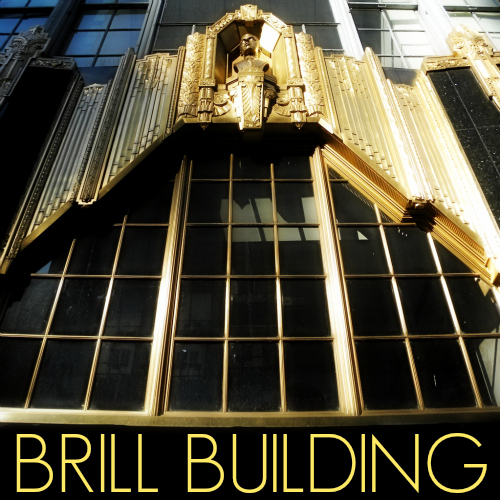

 |
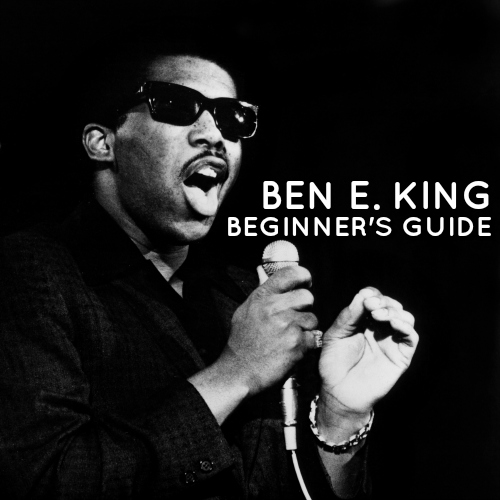

 |
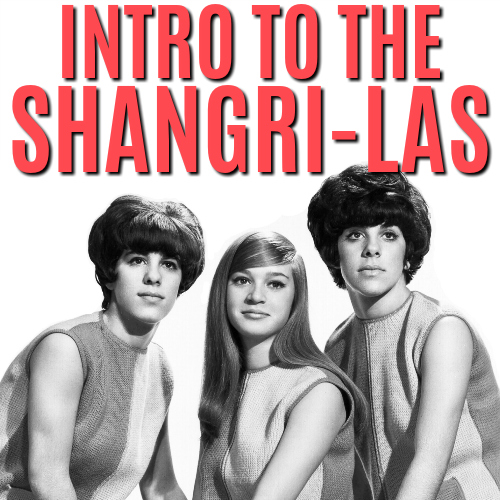

 |
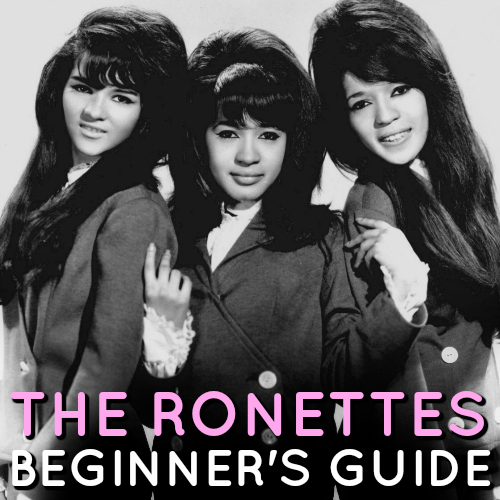

 |
 |
 |




 |

Originating in the mid-1960s, string and brass instruments were incorporated into pop songs to create a new classical-inspired sub-genre dubbed baroque pop. |
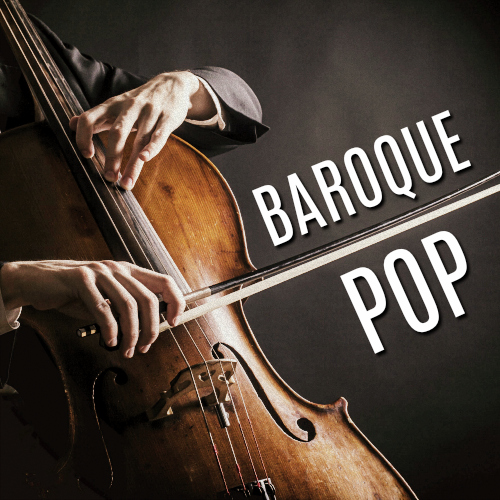

 |
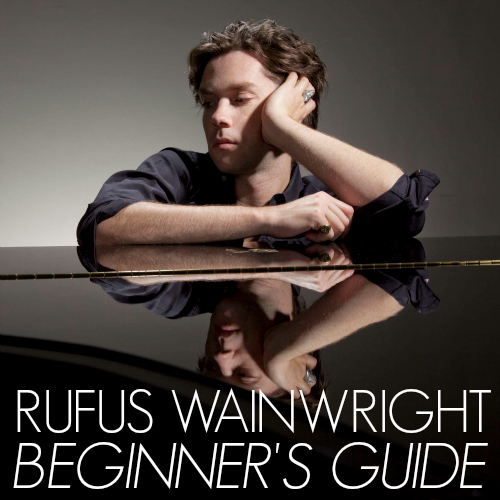

 |
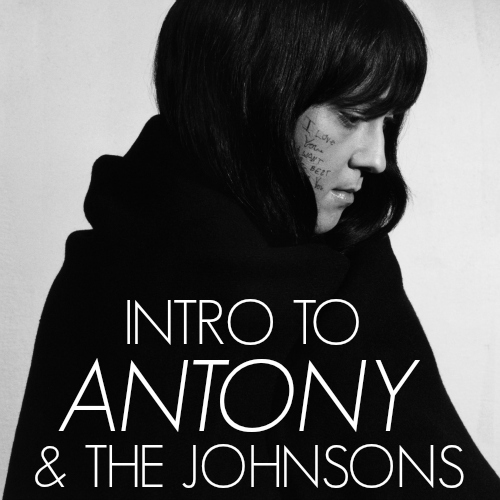

 |
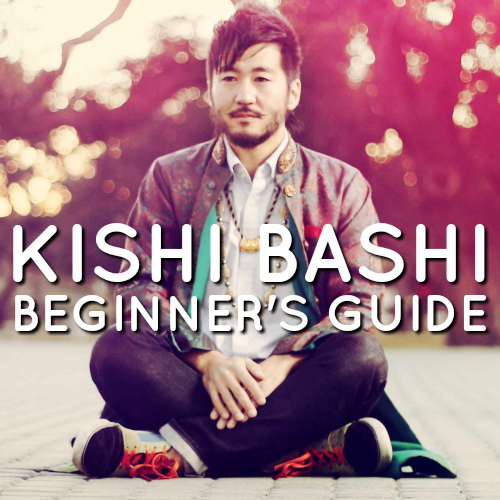

 |
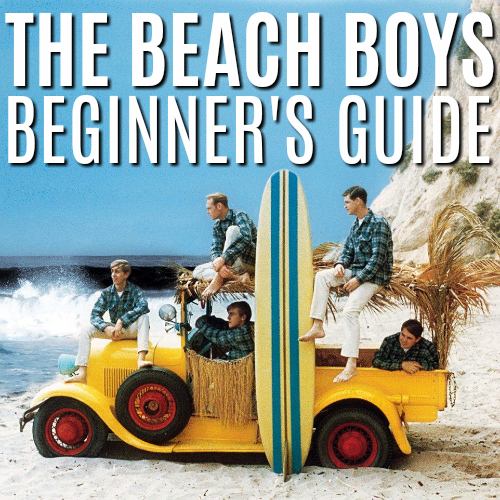

 |
 |




 |

Unexpected elements like unusual time signatures and abrupt tempo changes, both previously nontraditional components for pop music, were combined with pop's melodic focus to form art pop in the mid-1960s. |
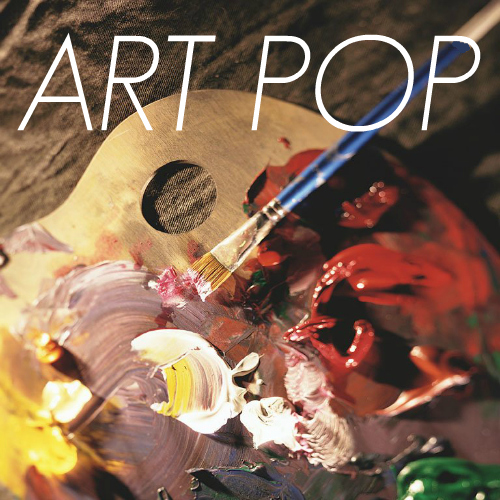

 |
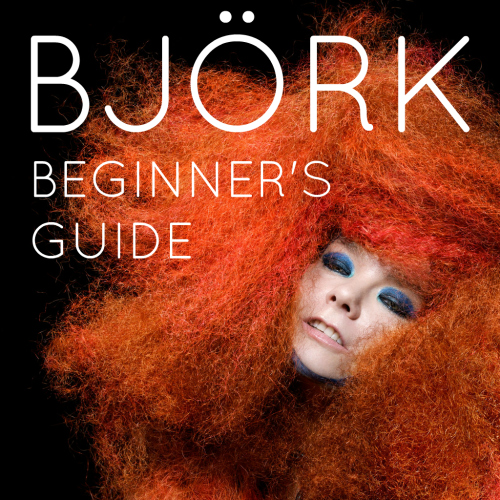

 |
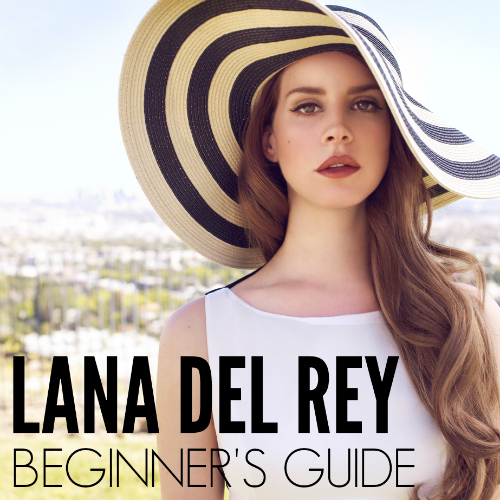

 |
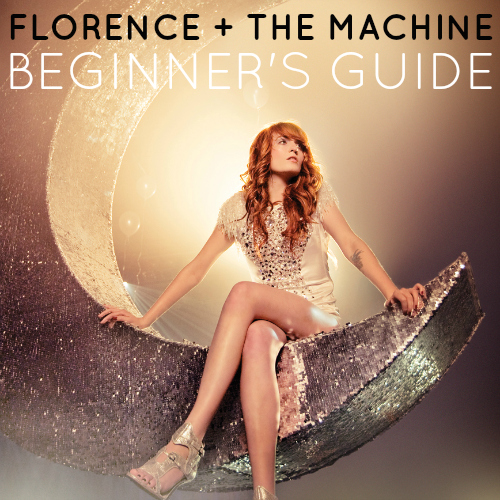

 |
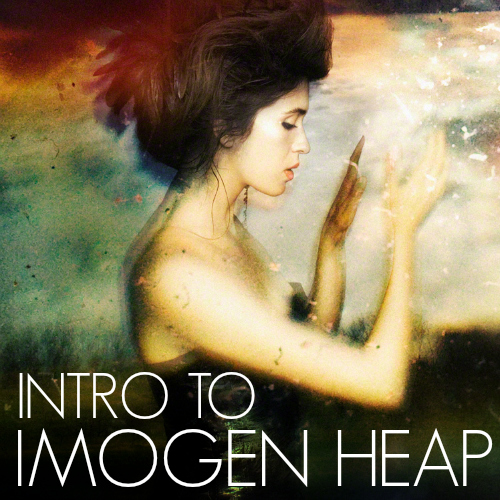

 |
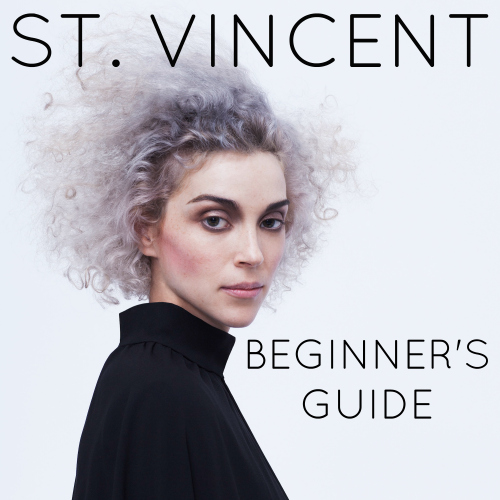

 |
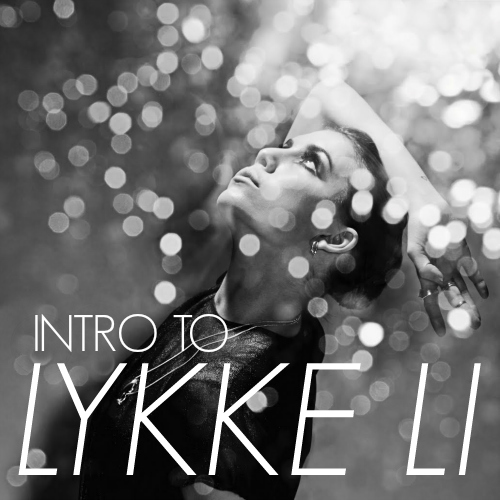

 |
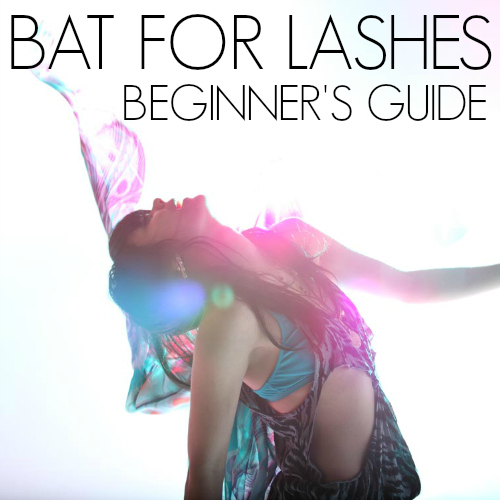

 |
 |




 |

Tape effects, reverb and surreal lyricism intended to replicate the experience of hallucinogenic drugs gave birth to psychedelic pop in the mid-1960s. |
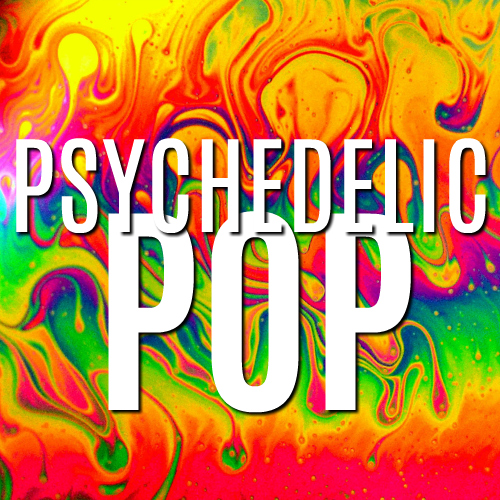

 |
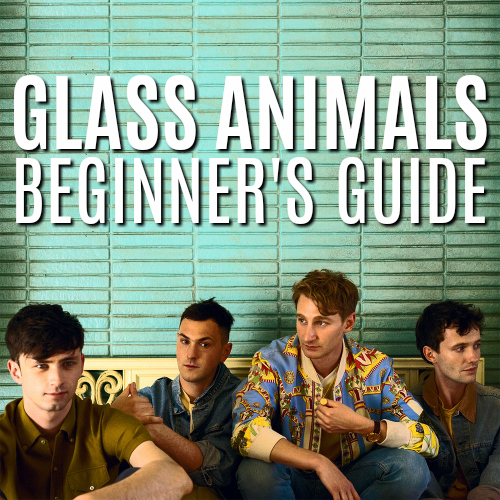

 |
 |




 |

Arriving in the early 1970s, electropop pairs pop song structure with electronic instruments for a driving, dance-ready genre. |
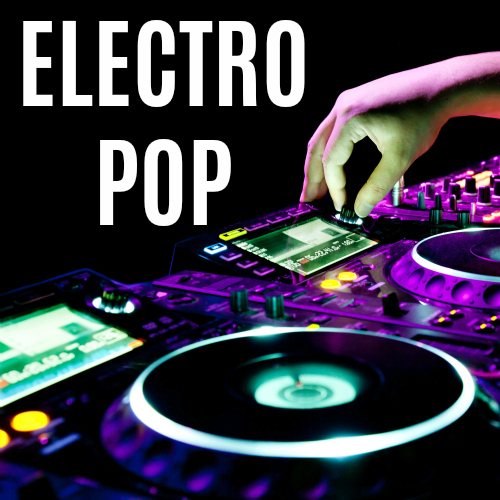

 |
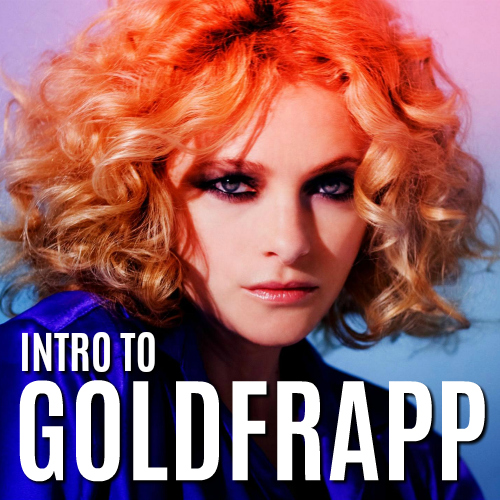

 |
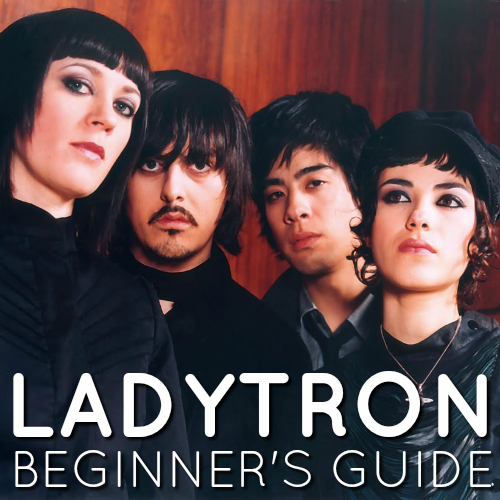

 |


 |
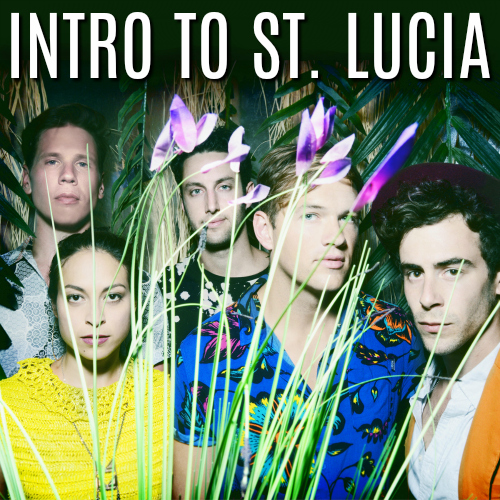

 |
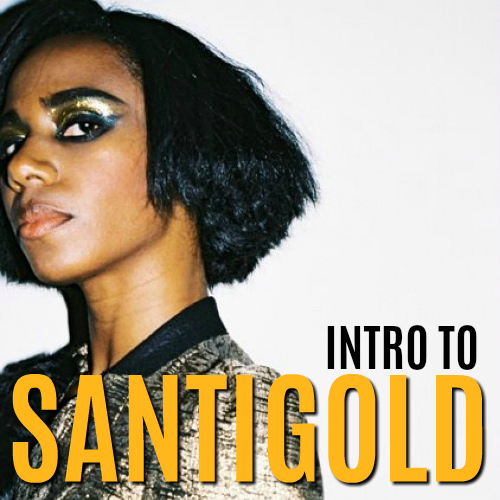

 |




 |

Originating in the early 1970s, synthpop relies on the electronic instrument the synthesizer to create a mellow, minimalistic sound. |
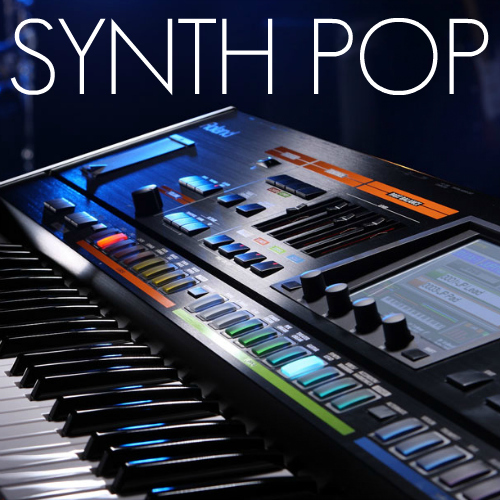

 |
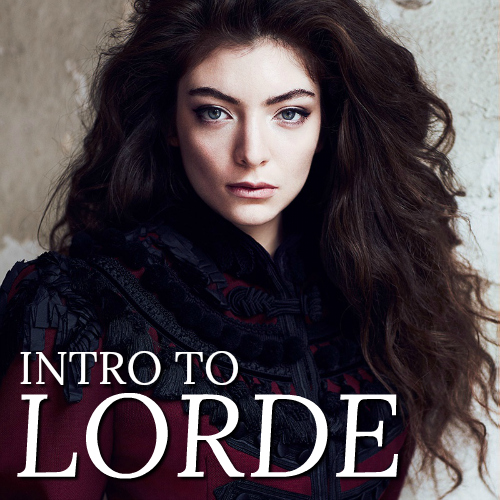

 |
 |




 |

Established in the early 1970s, adult contemporary is a highly polished, ballad-heavy genre that aims to create a relaxed, low-key atmosphere. |
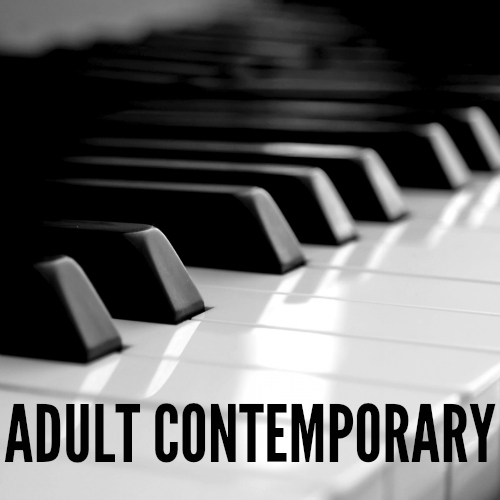

 |
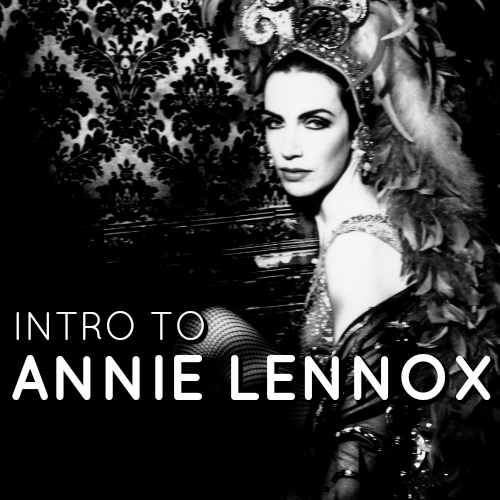

 |
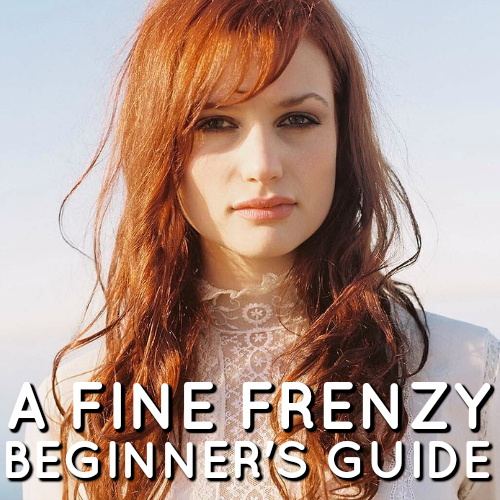

 |




 |

Growing out of a fusion of synthpop and rock's new wave in the late 1970s, new romantic's embracing of glam rock made the genre identifiable by the eccentric fashion style of the artists who played it. |
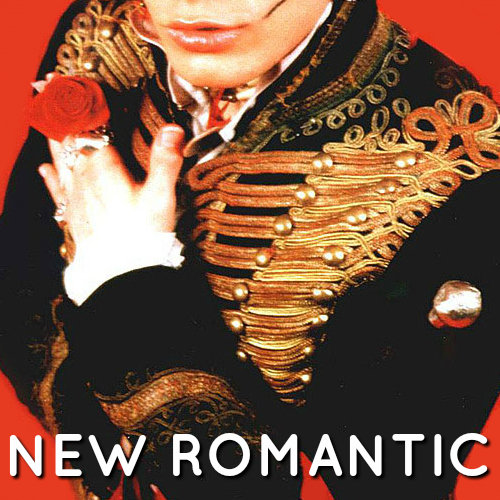

 |
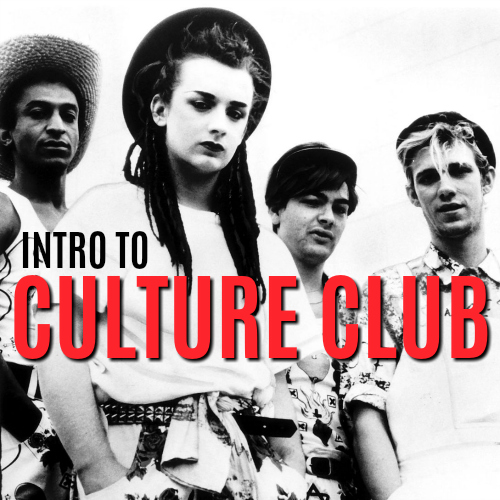

 |
 |




 |

Developed in the early 1980s, dance pop combines pop's uptempo, structured nature with dance music's strong, beat-heavy sound for songs that can be played in nightclubs. |
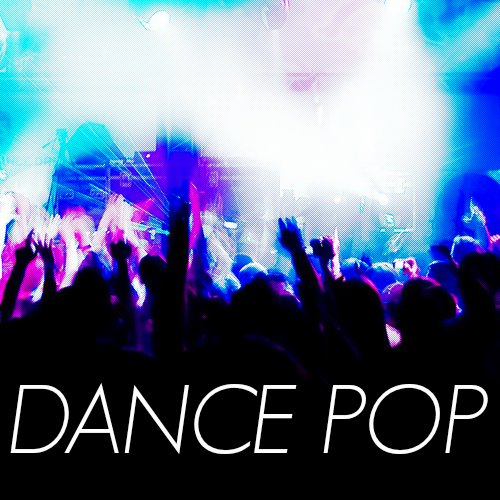

 |
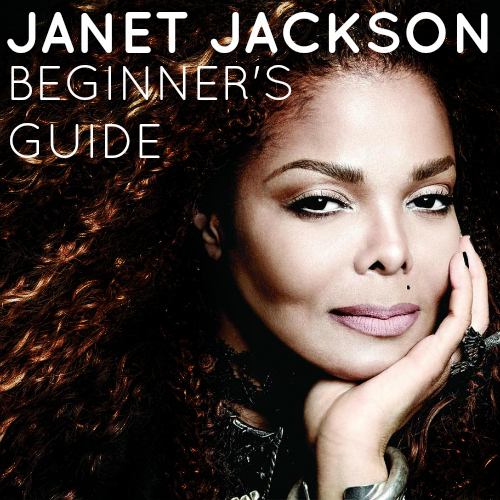

 |
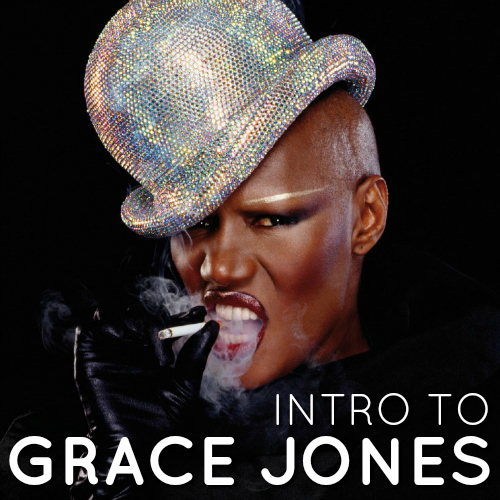

 |
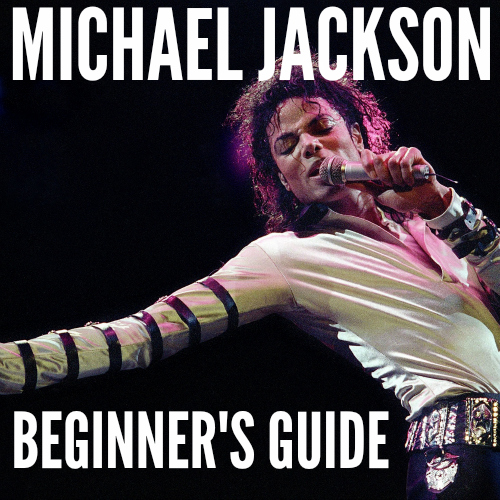

 |


 |
 |









